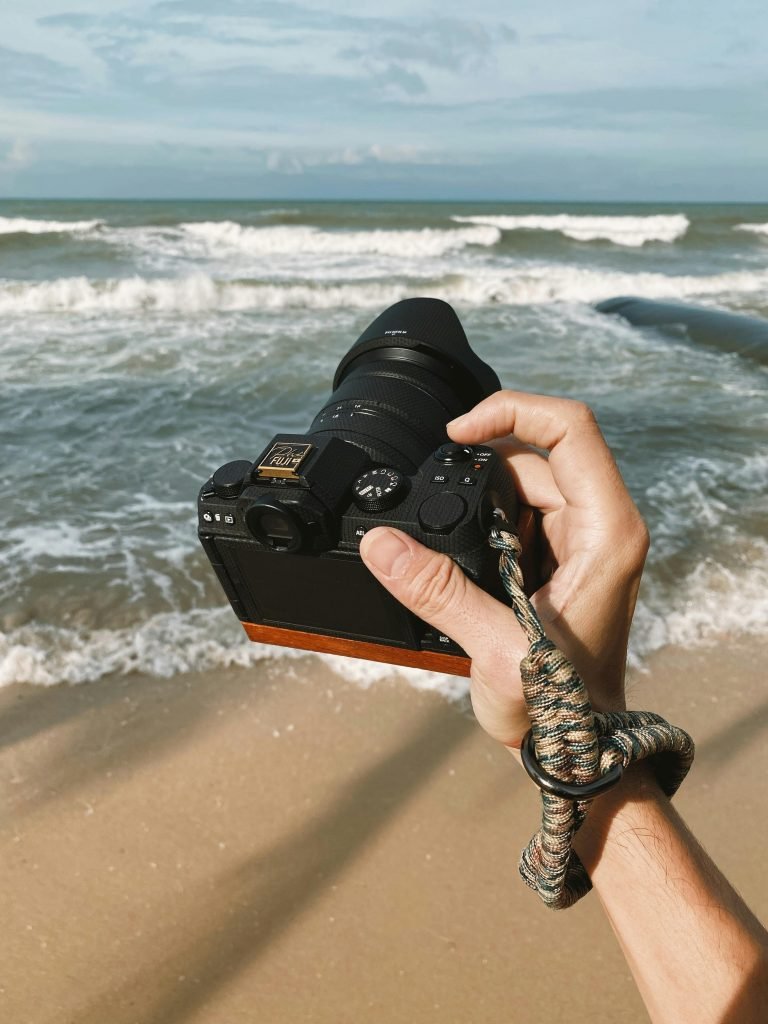Photography is the art of capturing moments, emotions, and perspectives, but panography elevates this craft to new heights. By utilizing wide-angle storytelling, panography invites photographers to weave visual narratives that immerse viewers in breathtaking, expansive scenes. Whether you’re documenting sprawling landscapes, intricate cityscapes, or dynamic events, panography offers limitless creative possibilities. In this blog, we’ll explore the techniques, tools, and creative approaches that will spark your Panography Inspiration and transform your photography journey.
What Is Wide-Angle Storytelling in Panography?
Wide-angle storytelling through panography involves using panoramic compositions to create visual narratives that go beyond the constraints of a single frame. By merging multiple images into seamless panoramas, photographers can capture scale, context, and emotion in one powerful image.
Why Panography Is Perfect for Storytelling
- Scale and Immersion: Wide-angle views draw viewers into the scene, offering a sense of presence and engagement.
- Context: Panographs allow photographers to incorporate multiple elements, providing a fuller picture of the story being told.
- Emotion: The expansive format evokes awe and wonder, making it perfect for capturing grand vistas and dynamic moments.
1. Tools and Techniques for Wide-Angle Storytelling
Essential Equipment for Panography
The tools you choose play a crucial role in achieving seamless panoramic compositions. Selecting the right equipment can make your creative vision a reality.
Recommended Tools
- DSLR and Mirrorless Cameras: High-resolution cameras provide unparalleled detail and image quality for panography.
- Wide-Angle Lenses: Capture expansive views while maintaining sharpness and clarity.
- Tripods with Panoramic Heads: Ensure precise alignment and reduce stitching errors.
- Drones: Add aerial perspectives to your storytelling arsenal, opening up possibilities for unique viewpoints.
Mastering the Basics
For photographers new to panography, starting with simple techniques is key. Horizontal panoramas are a great entry point, allowing you to experiment with stitching and alignment.
Basic Steps for Panography
- Take multiple overlapping shots of the scene, ensuring a 20-30% overlap.
- Maintain consistent settings for exposure and focus across all images.
- Use stitching software like Adobe Lightroom or PTGui to merge the images seamlessly.
Advanced Techniques for Professionals
Once you’ve mastered the basics, explore advanced methods like multi-row panoramas, HDR stitching, or vertical panoramas to add depth and complexity to your storytelling.
Creative Techniques to Try
- Time-Lapse Panography: Blend time-lapse photography with panoramic compositions to showcase motion and change within a scene.
- Fragmented Panography: Incorporate intentional imperfections for an artistic collage effect.
- 360-Degree Panoramas: Capture immersive, spherical views ideal for virtual tours or interactive storytelling.
2. Creative Applications of Panography
Landscape Photography
Wide-angle storytelling is a natural fit for landscapes, allowing photographers to showcase the grandeur of nature in all its detail. Whether capturing mountain ranges, beaches, or dense forests, panography can elevate your outdoor photography.
Tips for Landscape Panographs
- Use golden hour lighting to enhance depth and drama.
- Incorporate foreground elements for added dimension.
- Experiment with aerial perspectives using drones.
Architecture and Urban Scenes
Panography is also ideal for documenting the intricacies of buildings and cityscapes. Wide-angle views highlight the scale and structure of architectural landmarks while offering fresh perspectives on urban environments.
Events and Festivals
From concerts to parades, panography enables photographers to capture the energy and scale of large gatherings. Use dynamic compositions to tell a vivid story of the event.
Abstract and Experimental Panography
Push the boundaries of traditional photography by exploring abstract compositions. Play with light, motion, and texture to create unique visual narratives that intrigue and inspire.
3. Finding Panography Inspiration
Explore the World Around You
Finding inspiration for panography begins with observing your surroundings. Look for scenes with layers, depth, and elements that can be stitched into a cohesive narrative.
Draw Inspiration from Other Artists
Follow photographers who specialize in panography to explore new ideas. Platforms like Instagram, Flickr, and 500px feature creative examples that can spark inspiration.
Experiment and Innovate
Don’t be afraid to try unconventional approaches, such as shooting from unexpected angles or incorporating movement into your panoramas. Innovation often leads to the most striking visuals.
4. The Emotional Impact of Wide-Angle Storytelling
Creating Connection
Panographs allow viewers to feel a stronger connection to the scene. By including more elements, photographers invite audiences to immerse themselves in the moment.
Evoking Awe
The expansive scope of panography evokes emotions like wonder and admiration, making it a powerful tool for storytelling.
Memorable Narratives
By using wide-angle storytelling, photographers can craft memorable visual stories that leave a lasting impression on their audience.
Conclusion: The Art of Panography in Storytelling
Panography is more than just a technique—it’s an art form that redefines storytelling through photography. With wide-angle compositions and creative techniques, photographers can craft powerful narratives that inspire awe, emotion, and connection. By embracing the tools and techniques outlined in this post, you can ignite your Panography Inspiration and take your photography to new creative heights.


